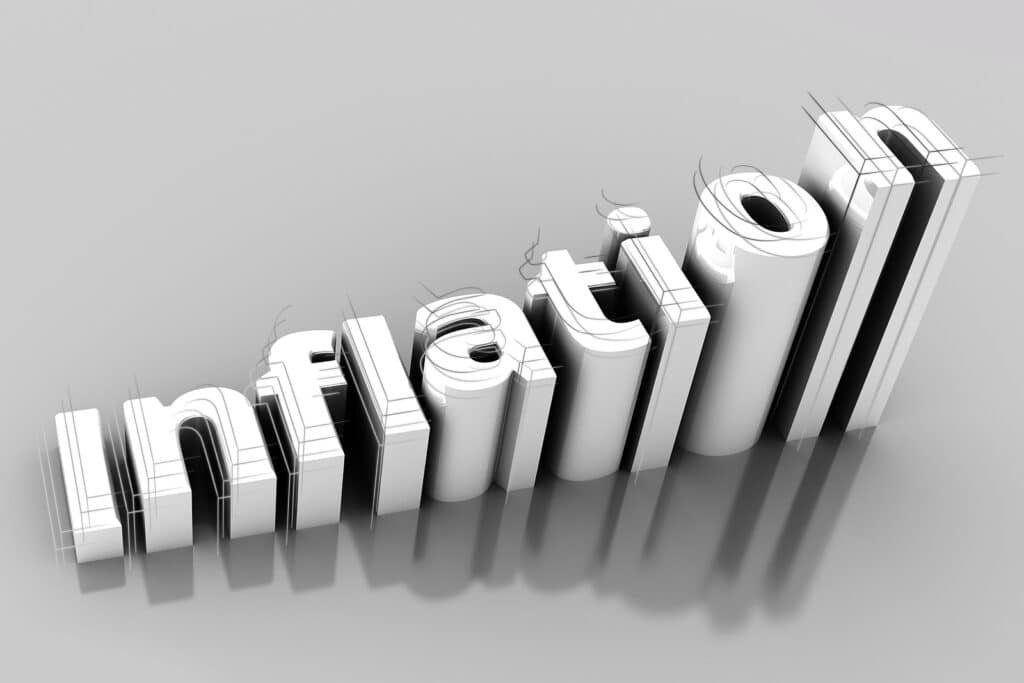Putting “fun” back into low- and middle-income Americans’ budgets could be years away with most of their income barely covering the surge in costs for bare necessities, economists said.
Even with annual inflation last month cooling to the lowest level since February 2021 and wages rising faster than inflation, low- and middle-income Americans are just barely covering their essentials, which include groceries, shelter, utilities and gasoline, economists say.

That’s because when inflation slows, it only means prices aren’t rising as quickly, not that prices are declining. So, Americans continue to pay higher prices for everyday needs.
Low- and middle-income Americans were hit disproportionately harder than their higher-income peers because essentials account for a larger share of their budgets, and their discretionary spending, or spending on nonessential items like dining out, vacations and entertainment, is only just recovering, economists say.
“For a very large share of Americans, the bottom 60% are spending more on essentials than before the pandemic,” said Michael Pearce, Oxford Economics deputy chief U.S. economist. “The burden is hardest among the lowest income but also touches middle income. Spending patterns of low-income Americans will take years to recover.”
‘No financial progress’
Middle-income Americans’ purchasing power, after being sharply eroded during the 2021-2022 inflation shock, just recently moved above 2019 levels, according to the monthly Primerica Household Budget Index (HBI). HBI assesses whether families can get ahead financially or if they may fall behind based on the affordability of everyday necessities needed to manage their homes and changes in their earned income.
HBI in August was 102.2%, up from a low of 86.7% in June 2022 when inflation peaked at a 40-year high of 9.1%, and at the highest level since February 2021. Households are neither better nor worse off than they were in January 2019 when HBI was 100%, so the August reading means middle-income Americans were doing slightly better than they were in 2019 and much better off than when they were underwater in 2022.
However, “had the inflation wave not happened, the HBI would be about 112.5%,” said Amy Crews Cutts, economic consultant to Primerica. “This difference explains a lot about low consumer sentiment that even though conditions have improved, households have made almost no financial progress in 5.5 years of hard work.”
A Gallup poll this month showed 52% of Americans said they and their families are worse off today than they were four years ago. “Inflation likely underlies Americans’ perceptions that the economy is poor, even against a backdrop of generally low unemployment, steady economic growth, and record stock and housing values,” it said.
How many years will it take to return to normal?
It depends on wage growth and whether prices of essentials like gas or rent tumble, Pearce said.
The last time low-income Americans’ discretionary spending fell this much, which was during the Global Financial Crisis of 2007-2008, it took five to 10 years for spending patterns to return to previous levels, he said.
“And the reason was gas prices fell,” Pearce said. Global oil prices fell by about 70% between 2014-16, which pushed pump prices sharply lower and helped low-income Americans catch up.
“It’s harder to see some revolutionary cost saving (like that) on the horizon,” he said.
Sales and treats
Christa Engel, 58, continues to financially juggle.
To cope with sharply higher prices, Engel, the manager of a Dunkin’ store in Chicago, said she and her husband not only cut back on “treats” but still buy whatever they can on sale.
“For me, since we have two incomes, it’s not that bad,” she said. “I do try to get stuff on sale as much as possible… like crackers, frozen pizza. We have to cut back on eating out and nonessential small treats.”
Money for essentials must come from somewhere, so people end up “cutting out fun, not saving or spending some of their savings,” said Cutts. “Inflation blew up their budgets. I’m saddened because this is a boom economy, and we want to see people’s economic life quality rising because people have jobs, raises, and companies are doing well. What we’re seeing is a lot of weakness. It shows how powerful inflation is.”
Air conditioning, watering the garden and visiting family were “luxuries” Amy Aaroen, 63, cut back on last summer.
“We have not used the central air this year as much as in the past to keep the bill down,” said Aaroen, who is married and lives in Beloit, Wisconsin. “We were careful when watering the garden so we could keep the water bill down… It (also) costs me about $50 just to go visit my family who are only 1.5 hours away or two and three hours away. I feel like the economy had us traveling less and visiting family less.”

Will upcoming holiday spending be affected?
Low and middle-income consumers will probably still be bargain-hunting this holiday season, analysts said.
“We are continuing to see inflation’s impact on the middle-class consumer,” said Adam Davis, managing director at Wells Fargo Retail Finance. “Discretionary spending on larger ticket items is down, which could indicate holiday budgets may tighten, and certain consumers might even trade down on items, with many actively looking for bargains.”
Aaroen says that through belt-tightening during the year, “we’ve somehow managed to keep a budget that will probably not affect our coming holidays too much. We have 11 grandchildren and usually spend $25 to $30 on each of them. And we will probably this year as well. We may need to use the credit card though.”
And “yes, we will definitely see family for the holidays,” she said. “But not as often in between.”
Read the full article HERE.


